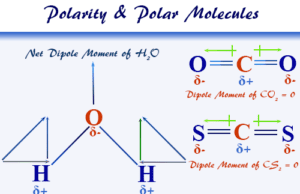Matter
Meaning of Matter in Science
Matter in chemistry or chemical science means everything in our universe that has mass, occupies space, and can be felt by our one more sense organs. According to the physical state, matter can be classified into solid, liquid, gases, and plasma. Every matter is made up of particles (atoms and molecules). When we study matter in science, we find that it is made up of certain particles that differ in shape, size, and chemical nature. They have also space between them. The particles (atoms or molecules) that constitute a certain substance are small in size and we cannot see them with backed eye. Particles of matter are in a state of continuous movement. Therefore, they contain some amount of kinetic energy within them.
The particles of a material tend to diffuse or intermix on their own with each other. Therefore, a force of attraction is present between the particles. It is called an intermolecular attraction force.
State of Matter
The air we breathe, the food we, eat, stones, clouds, stars, plants and animals, even a drop of water or a particle of sand are in the class of matter. Therefore, matter that we see in our surroundings is classified into three different states solid, liquid, and gas.
Solid State
A solid is a substance that has a definite shape, distinct boundaries, and fixed volume or size. The most common examples of substances that exist in the solid state are sugar, sand, rocks, stones, and metals like iron, copper, aluminum, gold, silver, etc.
Liquid State
A liquid is a substance that has a fixed volume but does not have a definite shape. Therefore, liquids can take up the shape of the container in which they are kept. The most common examples of substances that exist in the solid state are water, milk, juice, kerosene, petrol, alcohol, benzene, etc.
Gaseous State
A gas is a substance that has high compressibility. Therefore, gases have neither definite shape nor definite volume. The most common examples of substances that exist in the gaseous state are a mixture of gases. Other examples of gases are oxygen, nitrogen, carbon, dioxide, hydrogen, ammonia, nitric oxide, sulfur dioxide, etc.
In this part of online learning chemistry, we study the physical and chemical properties of matter through various individual articles or topics given below:

